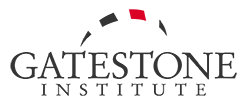- SHARE
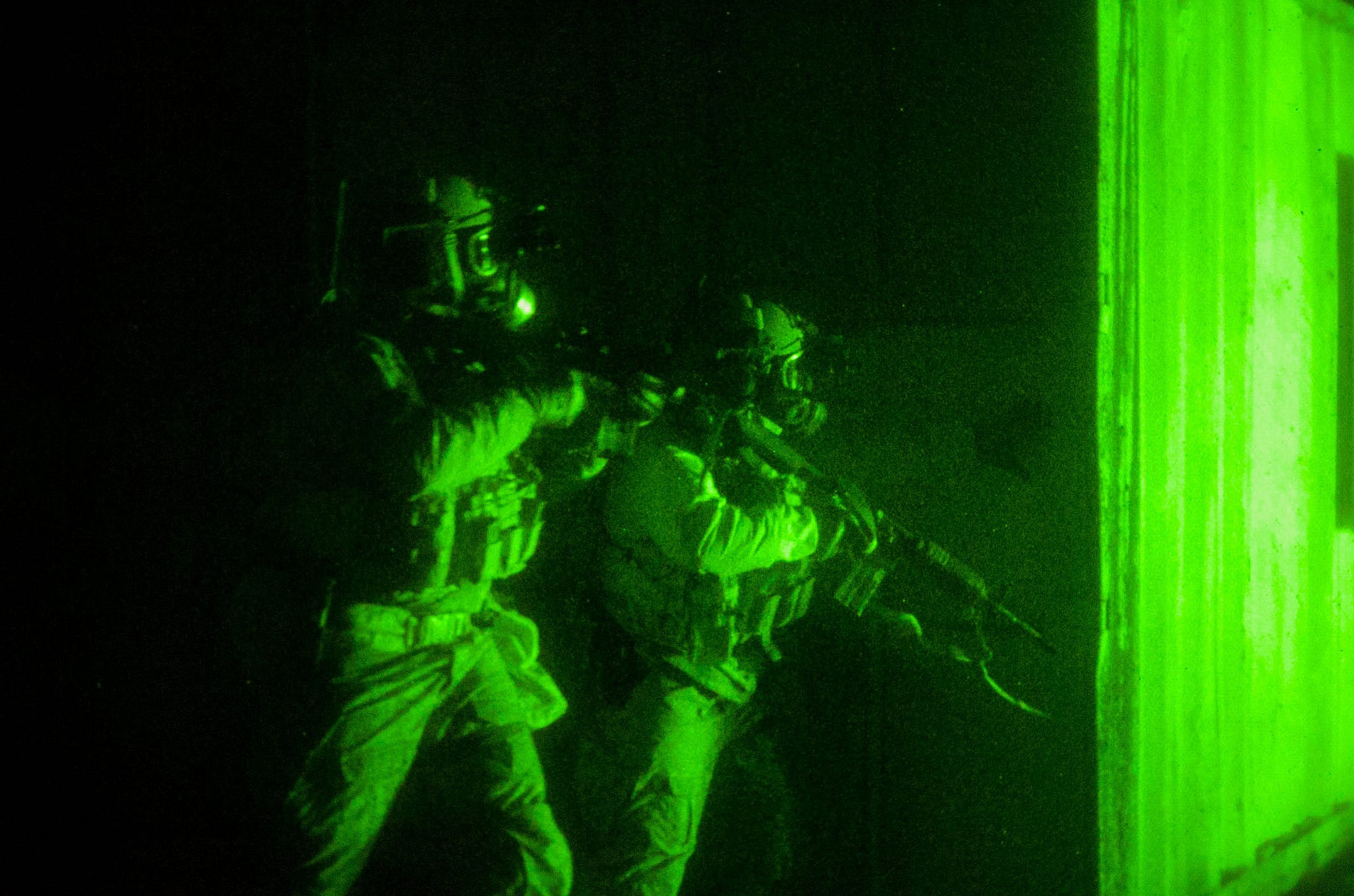
For America, 2016 Was the Year of the Commando
Elite troops went to nearly 140 countries — that’s 70 percent of the world
by NICK TURSE
They could be found on the outskirts of Sirte, Libya, supporting local militia fighters, and in Mukalla, Yemen, backing troops from the United Arab Emirates. At Saakow, a remote outpost in southern Somalia, they assisted local commandos in killing several members of the terror group Al Shabab.
Around the cities of Jarabulus and Al-Rai in northern Syria, they partnered with both Turkish soldiers and Syrian militias, while also embedding with Kurdish YPG fighters and the Syrian Democratic Forces. Across the border in Iraq, still others joined the fight to liberate the city of Mosul. And in Afghanistan, they assisted indigenous forces in various missions, just as they have every year since 2001.
For America, 2016 may have been the year of the commando. In one conflict zone after another across the northern tier of Africa and the Greater Middle East, U.S. special operations forces — aka SOF — waged their particular brand of low-profile warfare.

“Winning the current fight, including against the Islamic State, al-Qaeda, and other areas where SOF is engaged in conflict and instability, is an immediate challenge,” U.S. Army Gen. Raymond Thomas, the chief of U.S. Special Operations Command, told the Senate Armed Services Committee last year.
SOCOM’s shadow wars against terror groups like Al Qaeda and the Islamic State — also known as ISIL — may, ironically, be its most visible operations. Shrouded in even more secrecy are its activities — from counterinsurgency and counter-drug efforts to seemingly endless training and advising missions — outside acknowledged conflict zones across the globe.
These are conducted with little fanfare, press coverage or oversight in scores of nations every single day. From Albania to Uruguay, Algeria to Uzbekistan, America’s most elite forces — Navy SEALs and Army Green Berets among them — deployed to 138 countries in 2016, according to figures supplied to TomDispatch by SOCOM.
This total, one of the highest of Barack Obama’s presidency, typifies what has become the golden age of, in SOF-speak, the “gray zone” — a phrase used to describe the murky twilight between war and peace. The coming year is likely to signal whether this era ends with Obama or continues under president-elect Donald Trump’s administration.
“In just the past few years, we have witnessed a varied and evolving threat environment consisting of: the emergence of a militarily expansionist China; an increasingly unpredictable North Korea; a revanchist Russia threatening our interests in both Europe and Asia; and an Iran which continues to expand its influence across the Middle East, fueling the Sunni-Shia conflict,” Thomas wrote last month in PRISM, the official journal of the Pentagon’s Center for Complex Operations.
“Nonstate actors further confuse this landscape by employing terrorist, criminal, and insurgent networks that erode governance in all but the strongest states… Special operations forces provide asymmetric capability and responses to these challenges.”
In 2016, according to SOCOM, the U.S. deployed special operators to China — specifically Hong Kong — in addition to eleven countries surrounding it. These included Taiwan — which China considers a breakaway province — Mongolia, Kazakhstan, Tajikistan, Afghanistan, Nepal, India, Laos, the Philippines, South Korea and Japan.
The command does not acknowledge sending commandos into Iran, North Korea or Russia, but it does deploy troops to many nations that ring them. SOCOM is willing to name only 129 of the 138 countries its forces deployed to in 2016.
“Almost all Special Operations forces deployments are classified,” spokesman Ken McGraw told TomDispatch. “If a deployment to a specific country has not been declassified, we do not release information about the deployment.”
SOCOM does not, for instance, acknowledge sending troops to the war zones of Somalia, Syria or Yemen, despite overwhelming evidence of a U.S. special operations presence in all three countries. “The United States is currently using military force in” Somalia, Syria, and Yemen and “U.S. special operations forces have deployed to Syria,” a December 2016 White House report noted.
According to SOCOM, it sent more than 55 percent of the special operators deployed overseas in 2016 to the Greater Middle East, a drop of 35 percent since 2006. Over the same span, deployments to Africa skyrocketed by more than 1,600 percent — from just one percent of special operators dispatched outside the U.S. in 2006 to more than 17 percent a decade later.
Those two regions were followed by areas served by European Command at more than 12.5 percent, Pacific Command at nearly 9.2 percent, Southern Command at almost 4.9 percent, and Northern Command — which is in charge of “homeland defense”— at just shy of 0.7 percent. On any given day, around 8,000 of Thomas’s commandos can be found in more than 90 countries worldwide.
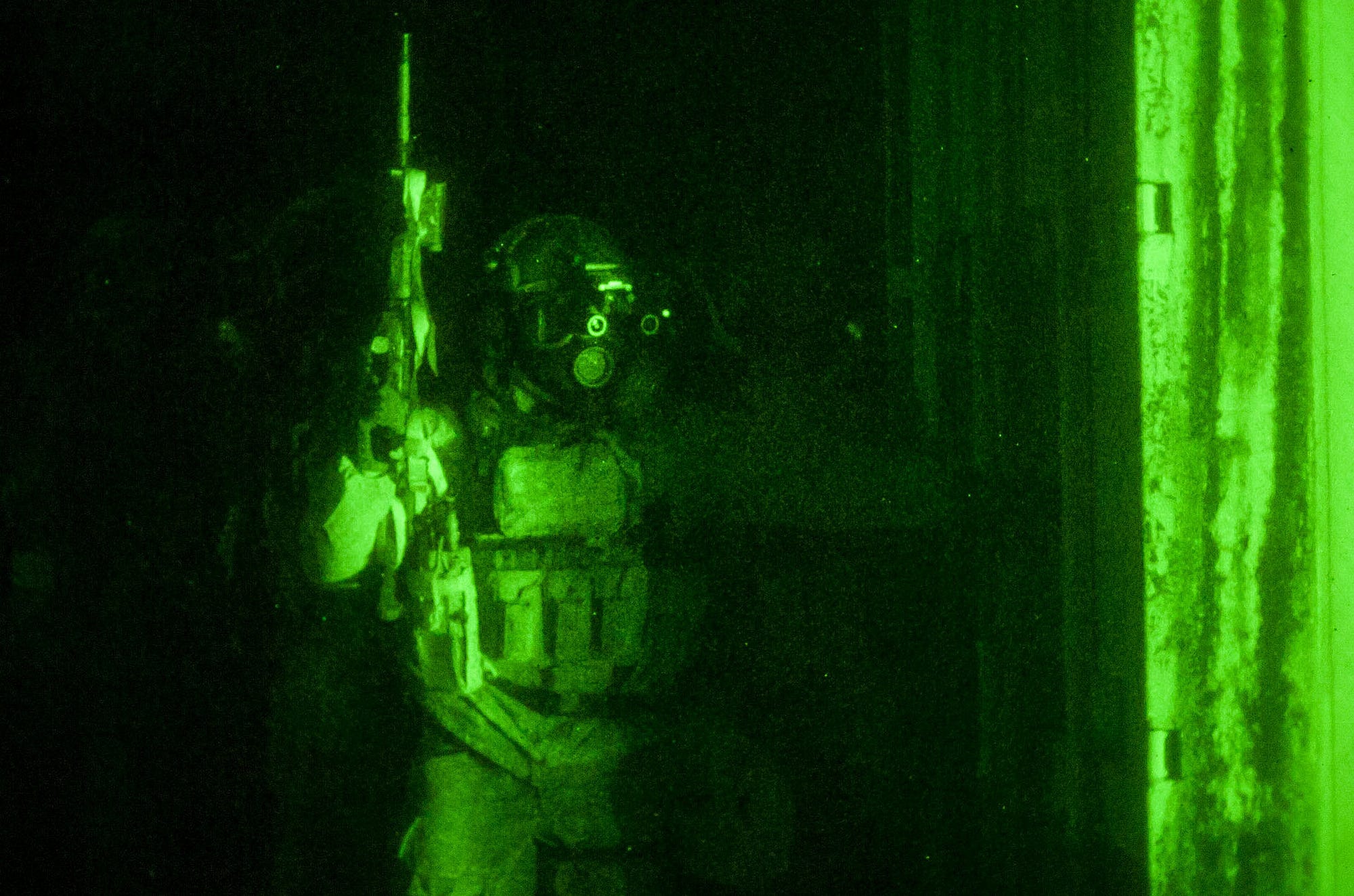
Manhunters
“Special Operations forces are playing a critical role in gathering intelligence — intelligence that’s supporting operations against ISIL and helping to combat the flow of foreign fighters to and from Syria and Iraq,” Lisa Monaco, the Assistant to the President for Homeland Security and Counterterrorism, said in remarks at the 2016 International Special Operations Forces Convention.
American commandos conduct such intelligence operations “in direct support of special operations missions,” Thomas explained in 2016. “The preponderance of special operations intelligence assets are dedicated to locating individuals, illuminating enemy networks, understanding environments, and supporting partners.”
Signals intelligence from computers and cellphones supplied by foreign allies or intercepted by surveillance drones and manned aircraft, as well as human intelligence provided by the Central Intelligence Agency, has been integral to targeting individuals for kill and capture missions by SOCOM’s most elite forces. The highly secretive Joint Special Operations Command — aka JSOC — for example, carries out such counterterrorism operations, including drone strikes, raids and assassinations in places like Iraq and Libya.
Last year, before he exchanged command of JSOC for that of its parent headquarters SOCOM, Thomas noted that members of the super secret unit were operating in “all the countries where ISIL currently resides.” This may indicate a special operations deployment to Pakistan, another country absent from SOCOM’s 2016 list.
“[W]e have put our Joint Special Operations Command in the lead of countering ISIL’s external operations,” Defense Secretary Ash Carter noted in a relatively rare official mention of the command’s operations at an October 2016 press conference. “And we have already achieved very significant results both in reducing the flow of foreign fighters and removing ISIL leaders from the battlefield,”
A month earlier, Carter had offered even more detail in a statement before the Senate Armed Services Committee:
”We’re systematically eliminating ISIL’s leadership: the coalition has taken out seven members of the ISIL Senior Shura… We also removed key ISIL leaders in both Libya and Afghanistan… And we’ve removed from the battlefield more than 20 of ISIL’s external operators and plotters… We have entrusted this aspect of our campaign to one of [the Department of Defense’s] most lethal, capable, and experienced commands, our Joint Special Operations Command, which helped deliver justice not only to Osama Bin Laden, but also to the man who founded the organization that became ISIL, Abu-Musab al-Zarqawi.”
“We do not and will not have anything for you,” McGraw replied when we asked for details on exactly how many ISIL “external operators” the elite U.S. troops targeted and how many they “removed” from the battlefield in 2016.
When he was commander of JSOC in 2015, Thomas spoke of his and his unit’s “frustrations” with limitations placed on them. “I’m told ‘no’ more than ‘go’ on a magnitude of about ten to one on almost a daily basis,” he said.
In November 2016, however, the Obama administration granted a JSOC task force “expanded power to track, plan and potentially launch attacks on terrorist cells around the globe,” The Washington Post reported. Officials in Washington had designed the Counter-External Operations Task Force — also known as “Ex-Ops” — “to take JSOC’s targeting model… and export it globally to go after terrorist networks plotting attacks against the West.”
SOCOM disputes portions of the Post story. “Neither SOCOM nor any of its subordinate elements have … been given any expanded powers (authorities),” McGraw told TomDispatch by email. “Any potential operation must still be approved by the GCC [Geographic Combatant Command]commander [and], if required, approved by the Secretary of Defense or [the president].”
“U.S. officials” — who spoke only on the condition that they be identified in that vague way — explained that SOCOM’s response was a matter of perspective. Its powers weren’t recently expanded as much as institutionalized and put “in writing,” they told TomDispatch. “Frankly, the decision made months ago was to codify current practice, not create something new.”
SOCOM refused to confirm this. “Nowhere did we say that there was no codification,” U.S. Army Col. Thomas Davis, another spokesman for the command, noted.
With Ex-Ops, Thomas is a “decision-maker when it comes to going after threats under the task force’s purview,” according to the Washington Post’s Thomas Gibbons-Neff and Dan Lamothe. “The task force would essentially turn Thomas into the leading authority when it comes to sending Special Operations units after threats.”
Others claim Thomas has only expanded influence, allowing him to directly recommend a plan of action, such as striking a target, to the Secretary of Defense, allowing for shortened approval time. “will not be commanding forces or be the decision maker for SOF operating in any GCC’s [area of operations],” McGraw said.
In November 2016, Carter offered an indication of the frequency of offensive operations following a visit to Florida’s Hurlburt Field, the headquarters of Air Force Special Operations Command. “Today we were looking at a number of the Special Operations forces’ assault capabilities,” he noted.
“This is a kind of capability that we use nearly every day somewhere in the world… And it’s particularly relevant to the counter-ISIL campaign that we’re conducting today.”
In Afghanistan, alone, Special Operations forces conducted 350 raids targeting al-Qaeda and Islamic State operatives in 2016, averaging about one per day, and captured or killed nearly 50 “leaders” as well as 200 “members” of the terror groups, according to U.S. Army Gen. John Nicholson, the top U.S. commander in that country. Some sources also suggest that while JSOC and CIA drones flew roughly the same number of missions in 2016, the military launched more than 20,000 strikes in Afghanistan, Yemen and Syria, compared to less than a dozen by the Agency.
This may reflect an Obama administration decision to implement a long-considered plan to put JSOC in charge of lethal operations and shift the CIA back to its traditional intelligence duties.
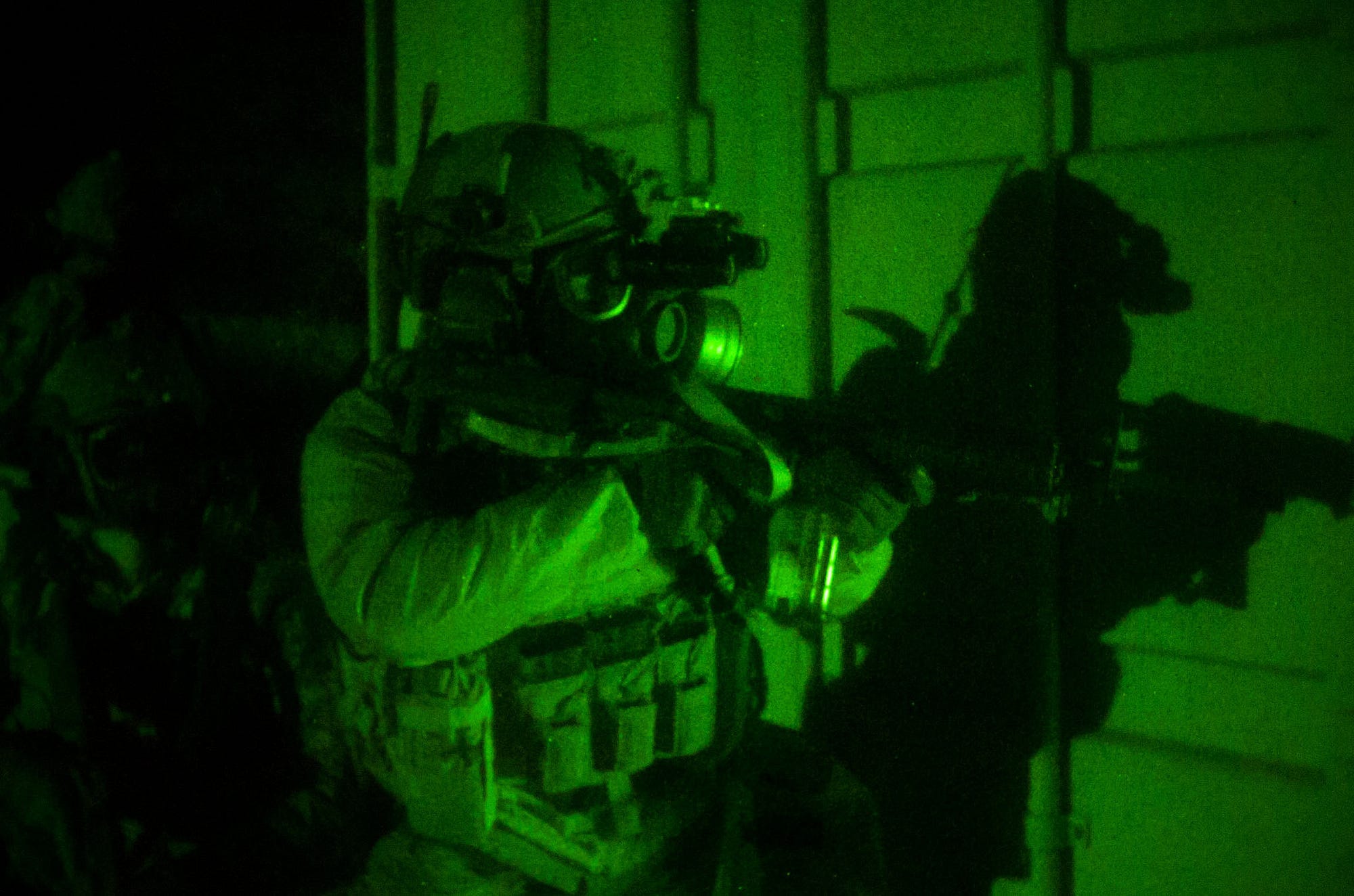
World of warcraft
“[I]t is important to understand why SOF has risen from footnote and supporting player to main effort, because its use also highlights why the U.S. continues to have difficulty in its most recent campaigns — Afghanistan, Iraq, against ISIS and AQ and its affiliates, Libya, Yemen, etc. and in the undeclared campaigns in the Baltics, Poland, and Ukraine — none of which fits the U.S. model for traditional war,” retired U.S. Army Lt. Gen. Charles Cleveland, chief of U.S. Army Special Operations Command from 2012 to 2015 and now a senior mentor to the chief of staff of the Army’s Strategic Studies Group, said.
“SOF is at its best when its indigenous and direct-action capabilities work in support of each other,” he added, asserting that, amid the larger problems of these conflicts, the ability of America’s elite forces to conduct kill/capture missions and train local allies has proven especially useful.
“Beyond Afghanistan and Iraq and ongoing CT [counterterrrorism] efforts elsewhere, SOF continues to work with partner nations in counterinsurgency and counter-drug efforts in Asia, Latin America, and Africa.”
SOCOM acknowledges deployments to approximately 70 percent of the world’s nations, including all but three Central and South American countries — Bolivia, Ecuador and Venezuela being the exceptions. Its operatives also blanket Asia, while conducting missions in about 60 percent of the countries in Africa.
A SOF overseas deployment can be as small as one special operator participating in a language immersion program or a three-person team conducting a “survey” for the U.S. embassy. It may also have nothing to do with a host nation’s government or military.
Most of the elite forces, however, work with local partners, conducting training exercises and engaging in what the military calls “building partner capacity” and “security cooperation.” Often, this means America’s most elite troops are sent to countries with security forces that are regularly cited for human rights abuses by the U.S. State Department.
In 2016 in Africa, where commandos utilized nearly 20 different programs and activities — from training exercises to security cooperation engagements — these included Burkina Faso, Burundi, Cameroon, Democratic Republic of Congo, Djibouti, Kenya, Mali, Mauritania, Niger, Nigeria, Tanzania and Uganda among others.
In 2014, for example, more than 4,800 elite troops took part in just one type of such activities — Joint Combined Exchange Training missions, or JCETs — around the world. At a cost of more than $56 million, Navy SEALs, Army Green Berets, and other special operators carried out 176 individual JCETs in 87 countries.
A 2013 RAND Corporation study of the areas covered by Africa Command, Pacific Command, and Southern Command found “moderately low” effectiveness for JCETs in all three regions. There “was no statistically significant correlation between [security cooperation] and change in countries’ fragility in Africa or the Middle East,” according to a 2014 RAND analysis of U.S. security cooperation, which also examined the implications of “low-footprint Special Operations forces efforts.”
Building partner capacity “has in the past consumed vast resources for little return,” Harry Yarger, a senior fellow at the Joint Special Operations University, noted in 2015.
Despite these results and larger strategic failures in Iraq, Afghanistan and Libya, the Obama years have been the golden age of the gray zone. The 138 nations visited by U.S. special operators in 2016, for example, represent a jump of 130 percent since the waning days of the Bush administration. Although they also represent a six percent drop compared to last year’s total, 2016 remains in the upper range of the Obama years, which saw deployments to 75 nations in 2010, 120 in 2011, 134 in 2013, and 133 in 2014, before peaking at 147 countries in 2015.
“We provide SOF to meet the geographic combatant commands’ requirements for support to their theater security cooperation plans,’ McGraw replied when we asked about the reason for the modest decline. “Apparently, there were nine fewer countries [where] the GCCs had a requirement for SOF to deploy to in [Fiscal Year 20]16.”
The increase in deployments between 2009 and 2016 — from about 60 countries to more than double that — mirrors a similar rise in SOCOM’s total personnel, from approximately 56,000 to about 70,000, and in its baseline budget, from $9 billion to $11 billion. It’s no secret that the tempo of operations has also increased dramatically, although the command refused to address questions from TomDispatch on the subject.
“SOF have shouldered a heavy burden in carrying out these missions, suffering a high number of casualties over the last eight years and maintaining a high operational tempo (OPTEMPO) that has increasingly strained special operators and their families,” an October 2016 report released by the Virginia-based think tank CNA read. That report emerged from a conference attended by six former special operations commanders, a former assistant secretary of defense, and dozens of active-duty special operators.
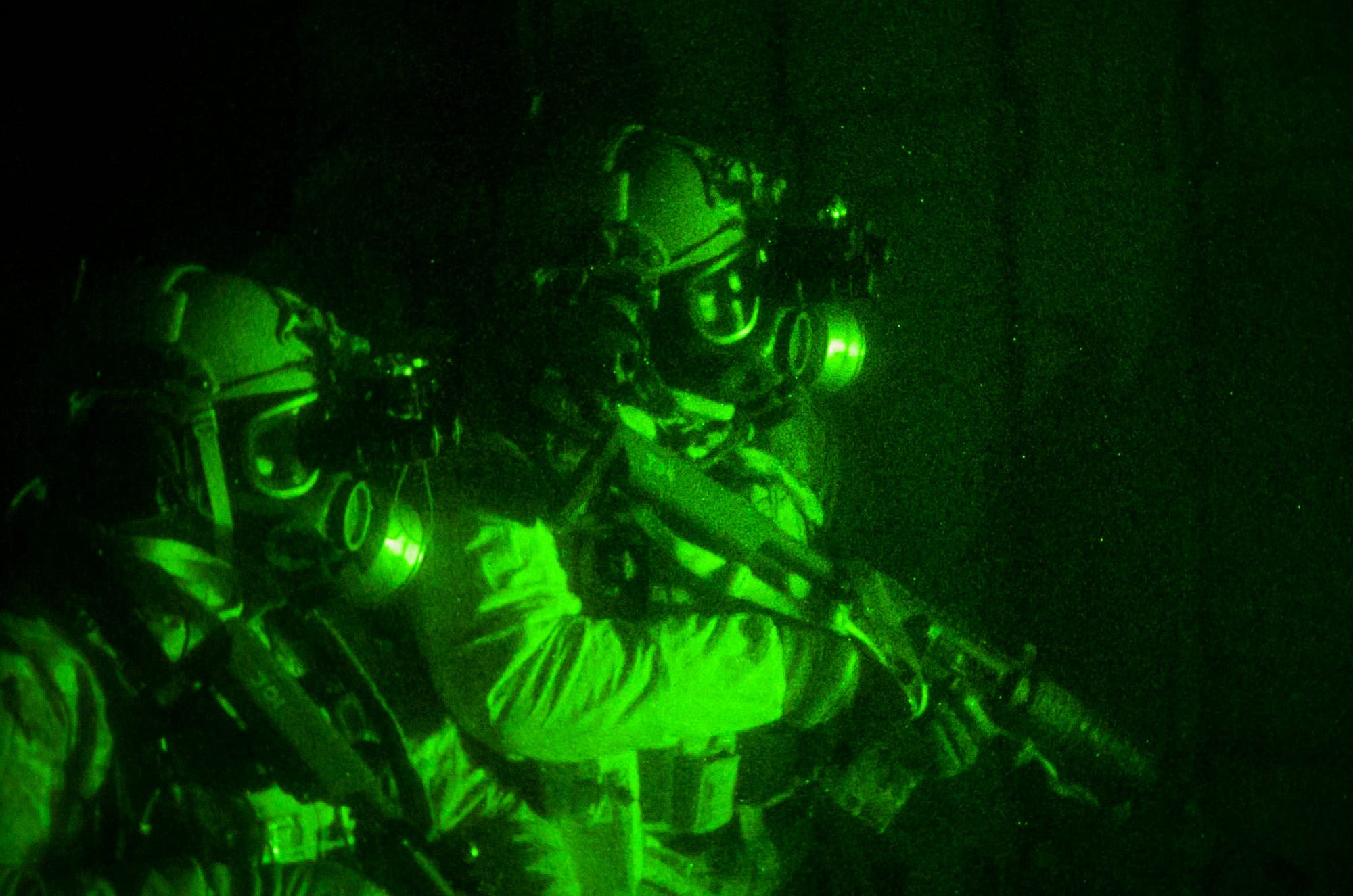
The American age of the commando
Last month, before the Senate Armed Services Committee, Shawn Brimley, former director for strategic planning on the National Security Council staff and now an executive vice president at the Center for a New American Security, echoed the worried conclusions of the CNA report.
“SOF have been deployed at unprecedented rates, placing immense strain on the force,” Brimley said at a hearing on “emerging U.S. defense challenges and worldwide threats.” He and called on the Trump administration to “craft a more sustainable long-term counterterrorism strategy.”
In a December 2016 paper, Kristen Hajduk, a former adviser for Special Operations and Irregular Warfare in the Office of the Assistant Secretary of Defense for Special Operations and Low-Intensity Conflict and now a fellow at the Center for Strategic and International Studies, called for a decrease in the deployment rates for Special Operations forces.
While Donald Trump has claimed that the U.S. military as a whole is “depleted” and has called for increasing the size of the Army and Marines, he has offered no indication about whether he plans to support a further increase in the size of special ops forces. And while he did recently nominatea former Navy SEAL to serve as his secretary of the interior, Trump has offered few indications of how he might employ special operators who are currently serving.
“Drone strikes will remain part of our strategy, but we will also seek to capture high-value targets to gain needed information to dismantle their organizations,” the president elect announced in one of his rare detailed references to special operations missions. More recently, at a North Carolina victory rally, Trump made specific references to the elite troops soon to be under his command.
“Our Special Forces at Fort Bragg have been the tip of the spear in fighting terrorism,” he told the crowd in December 2016. “The motto of our Army Special Forces is ‘to free the oppressed,’ and that is exactly what they have been doing and will continue to do.”
“At this very moment, soldiers from Fort Bragg are deployed in 90 countries around the world.”
After seeming to signal his support for continued wide-ranging, free-the-oppressed special ops missions, Trump appeared to change course.
“We don’t want to have a depleted military because we’re all over the place fighting in areas that just we shouldn’t be fighting in,” he added. “This destructive cycle of intervention and chaos must finally, folks, come to an end.”
At the same time, however, he pledged that the U.S. would soon “defeat the forces of terrorism.”
To that end, retired U.S. Army Lt. Gen. Michael Flynn, a former director of intelligence for JSOC whom the president-elect tapped to serve as his national security adviser, has promised that the new administration would reassess the military’s powers to battle the Islamic State — potentially providing more latitude in battlefield decision-making.
To this end, The Wall Street Journal reported that the Pentagon was crafting proposals to reduce “White House oversight of operational decisions” while “moving some tactical authority back to the Pentagon.”
In December 2016, President Obama traveled to Florida’s MacDill Air Force Base, the home of SOCOM, to deliver his capstone counterterrorism speech. “For eight years that I’ve been in office, there has not been a day when a terrorist organization or some radicalized individual was not plotting to kill Americans,” he told a crowd packed with troops.
At the same time, there likely wasn’t a day when the most elite forces under his command were not deployed in 60 or more countries around the world.
“I will become the first president of the United States to serve two full terms during a time of war,” Obama added. “Democracies should not operate in a state of permanently authorized war.”
“That’s not good for our military, it’s not good for our democracy.”
The results of his permanent-war presidency have, in fact, been dismal, according to SOCOM. Of eight conflicts waged during the Obama years, according to a 2015 briefing slide from the command’s intelligence directorate, America’s record stands at zero wins, two losses, and six ties.
The Obama era has indeed proven to be the “age of the commando.” However, as elite troops have kept up a frenetic operational tempo, waging war in and out of acknowledged conflict zones, training local allies, advising indigenous proxies, kicking down doors, and carrying out assassinations, terror movements have spread across the Greater Middle East and Africa.
President-elect Donald Trump appears poised to obliterate much of the Obama legacy, from the president’s signature healthcare law to his environmental regulations, not to mention changing course when it comes to foreign policy, including in relations with China, Iran, Israel and Russia. Whether he will heed advice to decrease Obama-level SOF deployment rates remains to be seen.
The year ahead will, however, offer clues as to whether Obama’s long war in the shadows, the golden age of the gray zone, survives.
Nick Turse is the managing editor of TomDispatch, a fellow at the Nation Institute, and a contributing writer for The Intercept. His book Tomorrow’s Battlefield: U.S. Proxy Wars and Secret Ops in Africa received an American Book Award in 2016. His latest book is Next Time They’ll Come to Count the Dead: War and Survival in South Sudan. His website is NickTurse.com. This article originally appeared at TomDispatch.






